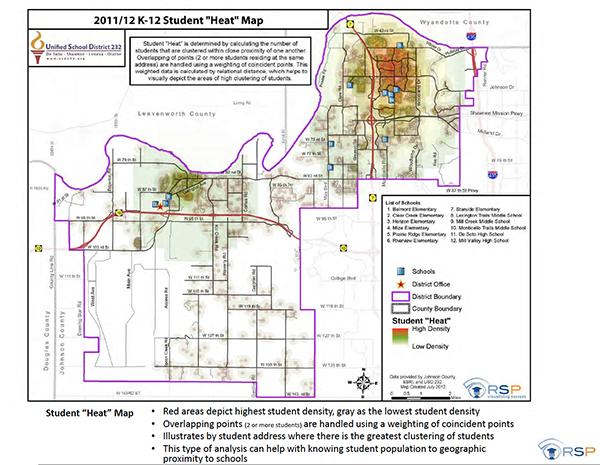Many people have asked me this past month what the “Boundary Committee” is talking about or have a suggestion as to what changes I should try to lobby for. These are great, and it would be great if the suggestions and questions of people around me kept coming in, as the decisions of the committee affect all of the students in our district- the people I see and talk to five days out of the week.
My plan for this blog is to answer any questions anyone has about what is going on in the committee, to disprove any rumors about school boundaries that pop up over the course of the process and keep the general public up to date on the issue of boundary reform in our school district.
In mid-September, I was approached by De Soto High School Principal Mark Meyer to be one of the representatives for the student body of DHS. I’m on the committee to give a student’s perspective: whether or not we can expand, if the halls are crowded, that sort of thing. At first I thought that I had a small part in the whole process, but the members of the committee are all treated equally, and I can also weigh in my opinion and solutions to problems.
The purpose of the boundary committee is to suggest options to the Board of Education, but they have the deciding factor and can veto any decision we suggest. A big fear of everyone on the committee is that we are essentially a “rubber stamp,” which means that our proposal to the board could simply hit the fan and the board does its own thing.
During our meetings, the RSP associate in charge of our district always mentions that our contribution to the process is important.
The Board of Education laid several ground rules for the committee to follow. Some of the more important rules are as follows:
- Grade configuration must remain the same.
- The proposal we suggest to the board has to use all of the facilities, meaning we can’t build a new one or close down a different one.
- Students may have to pass a school to go to another one.
These ground rules were discussed in the Aug. 19, 2013, Board of Education meeting, which is public record.
One of the common misconceptions of people that I talk to is that the whole process is run by the Board of Education, but in reality, the Board hired a private company, RSP.
RSP is a private company that focuses on demographic research, such as population trends, statistics and data. From what I can understand, the Board of Education bought a package of data that RSP collected, but not all data concerning the district. Some of the data that they put in front of us is very vague, such as a “heat map” that represents the density of student population around the district with an infrared view (see picture with this story).
Members of the committee often ask for more specific data, such as the exact population of a neighborhood. RSP does good work for the Board though, we just haven’t paid them for them to drop everything and attend only to us.
Hopefully, The Boundary Committee and I will be able to give the Board of Education a plan that will help everyone out and make sure that we don’t have to put together another committee further down the road. I hope that I can inform some people of the decisions and what’s going on in committee.
All of the information concerning the enrollment study including maps, studies, meeting agendas, etc., can be found at:
www.usd232.org/enrollmentstudy


